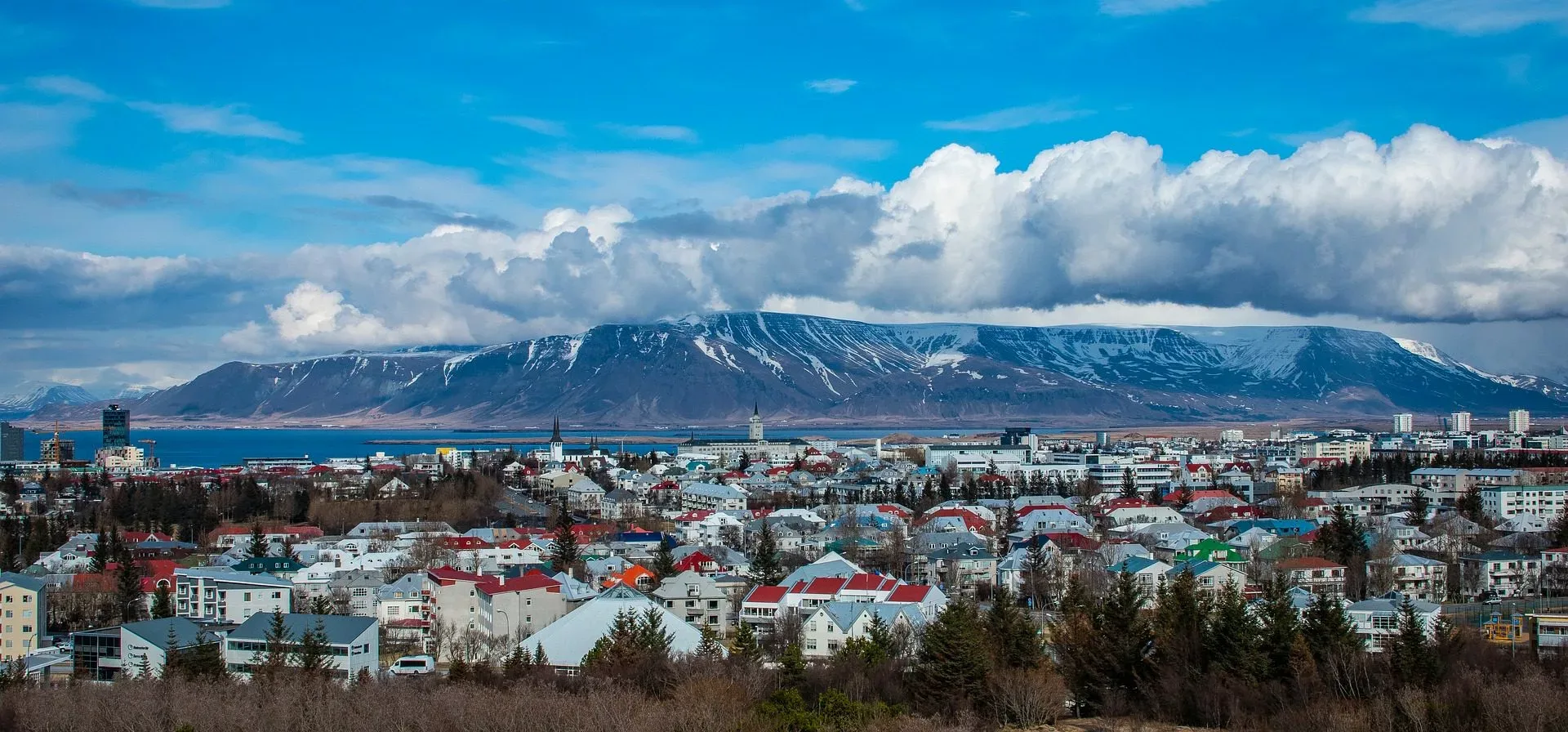Iceland, a Nordic island nation, is defined by its dramatic landscape with volcanoes, geysers, hot springs and lava fields. Massive glaciers are protected in Vatnajökull and Snæfellsjökull national parks. Most of the population lives in the capital, Reykjavik, which runs on geothermal power and is home to the National and Saga museums, tracing Iceland’s Viking history.
Top Attractions

Blue Lagoon
Just 40 minutes’ drive from Reykjavík, this most iconic of geothermal spas is a must-see tourist attraction. Here, you’ll find natural bathing in pale blue water in the shadow of a power station. An entire Blue Lagoon industry has grown around this attraction since it first became a hit with locals in 1976. The water from the underground hot springs reaches 37-39 degrees Celsius and is said to be highly beneficial for both health and skin.
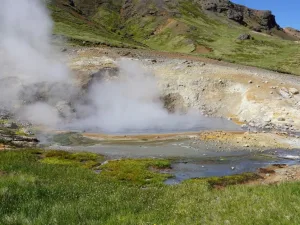
Geysers
An easy 50-minute drive from Reykjavik, Strokkur Geysir (after which all geysers are named) is the most popular fountain geyser in the country and famed throughout the world. This highly active hot spring area lies in the southwest of Iceland beside the Hvítá River and is a favorite stop along what’s known as the Golden Circle. Boiling mud pits and around 100 other smaller exploding geysers are waiting to be explored here. Every few minutes, Strokkur shoots water 30 meters into the air.

Glymur Waterfall
Glymur is the second-highest waterfall in Iceland, with a cascade of 198 m. It was long regarded as the tallest until being surpassed by Morsárfoss, a newly measured waterfall near Morsárjökull in 2011. It is situated at the rear end of the Hvalfjörður.
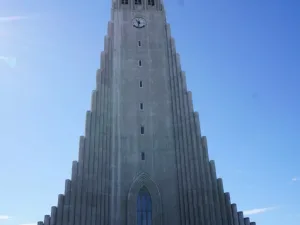
Hallgrimskirkja
Hallgrímskirkja is a Lutheran parish church in Reykjavík, Iceland. At 74.5 metres high, it is the largest church in Iceland and among the tallest structures in the country. The church is named after the Icelandic poet and clergyman Hallgrímur Pétursson, author of the Passion Hymns.

Reykjavik
Reykjavik, on the coast of Iceland, is the country’s capital and largest city. It’s home to the National and Saga museums, tracing Iceland’s Viking history. The striking concrete Hallgrimskirkja church and rotating Perlan glass dome offer sweeping views of the sea and nearby hills.
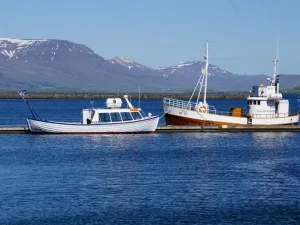
Reykjavik Harbor
The original purpose of the old harbour was for fisheries and trade; the consequences of the latter is why Reykjavík has such a disproportionately high population when compared to the rest of the country, and why it became the capital. These industries, while still important have given way to tourism in recent years.

Reykjavik Street Art
Reykjavik in Iceland is very colourful both in its bright colour buildings and attractive street art. One of the most visible street art projects lately is that of music festival Iceland Airwaves called Wall Poetry. It brings together artists from all over the world to create their artworks inspired by music.
Events
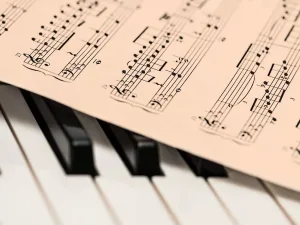
Performance
Iceland has a variety of performance venues for choirs and bands. Call us today today for more information

